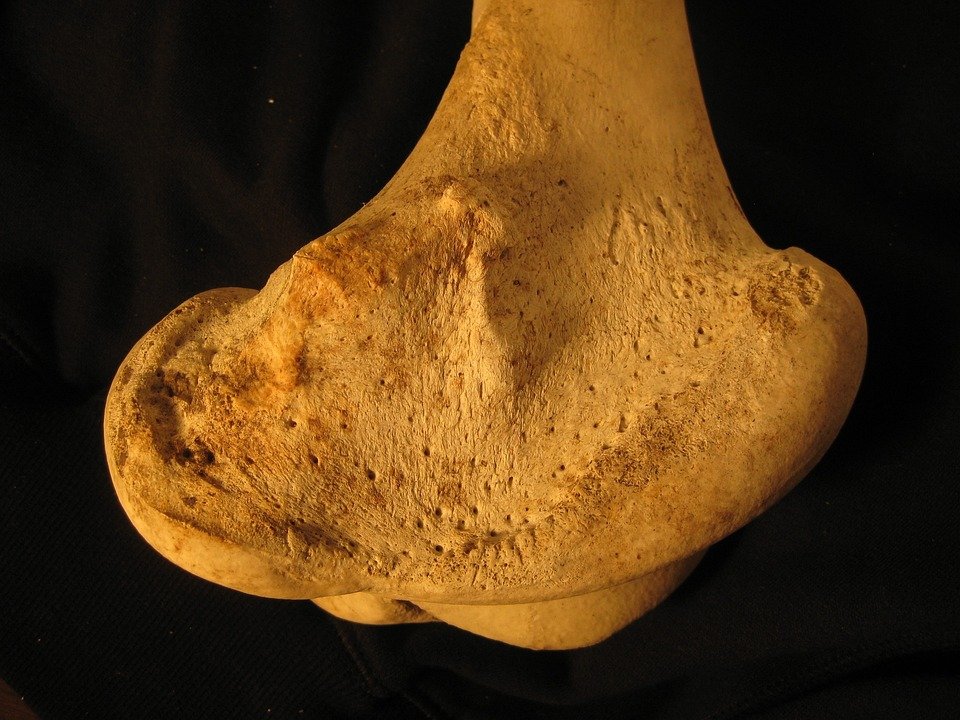 Breakthroughs in Pediatric Cardiology: Advances in Treatment and Care
Breakthroughs in Pediatric Cardiology: Advances in Treatment and CarePediatric cardiology is a rapidly advancing field that focuses on the diagnosis and treatment of heart conditions in children. Over the past few decades, there have been significant breakthroughs in the field that have improved the outcomes for children with congenital and acquired heart diseases. These advances in treatment and care have revolutionized the way pediatric cardiologists approach the management of heart conditions in children.
One of the most significant breakthroughs in pediatric cardiology is the development of minimally invasive procedures for the treatment of congenital heart defects. Traditionally, open-heart surgery was the standard treatment for many congenital heart conditions. However, with the advent of minimally invasive techniques, many children can now undergo procedures that are less invasive and have shorter recovery times. For example, transcatheter interventions, such as balloon valvuloplasty and transcatheter closure of atrial septal defects, have become standard treatments for many congenital heart defects. These procedures are performed through a small incision in the skin, rather than through a large incision in the chest, and can often be done on an outpatient basis.
Another breakthrough in pediatric cardiology is the development of advanced imaging techniques that allow for more precise diagnosis and treatment of heart conditions in children. Echocardiography, cardiac MRI, and cardiac CT scans are now commonly used to assess the structure and function of the heart in children with congenital and acquired heart diseases. These imaging modalities provide detailed information about the heart, allowing pediatric cardiologists to tailor treatment plans to each child’s specific needs.
Advances in medical technology have also revolutionized the treatment of heart conditions in children. For example, the development of pediatric-specific cardiac devices, such as pacemakers and implantable defibrillators, has greatly improved the management of arrhythmias and other heart rhythm disorders in children. These devices are now smaller, more durable, and more reliable than ever before, allowing children with heart rhythm disorders to live more active and normal lives.
In addition to advances in treatment, there have also been significant improvements in the care of children with heart conditions. Multidisciplinary teams of pediatric cardiologists, cardiac surgeons, nurses, and other healthcare professionals now work together to provide comprehensive care to children with heart diseases. These teams collaborate to develop individualized treatment plans for each child, ensuring that they receive the best possible care.
Furthermore, there has been a growing emphasis on the importance of long-term follow-up care for children with heart conditions. Pediatric cardiologists now monitor children with heart diseases throughout their lives, ensuring that they receive appropriate treatment and support as they grow and develop. This focus on long-term care has led to improved outcomes for children with heart conditions, with many children now living longer and healthier lives than ever before.
Overall, the breakthroughs in pediatric cardiology over the past few decades have transformed the way heart conditions are diagnosed and treated in children. Minimally invasive procedures, advanced imaging techniques, pediatric-specific cardiac devices, and multidisciplinary care teams have all contributed to improved outcomes for children with congenital and acquired heart diseases. With ongoing research and innovation in the field, the future looks bright for children with heart conditions, as pediatric cardiologists continue to push the boundaries of what is possible in the diagnosis and treatment of pediatric heart diseases.

You might be interested in exploring more about pediatric cardiology and the advances in treatment and care for children with heart conditions. Speaking of pediatric cardiology, you might be interested in Pediatric Cardiology, which provides a comprehensive overview of the field. Additionally, learning about minimally invasive procedures in pediatric cardiology could be intriguing. You can read more about this topic in Minimally Invasive Cardiac Surgery on Wikipedia.


